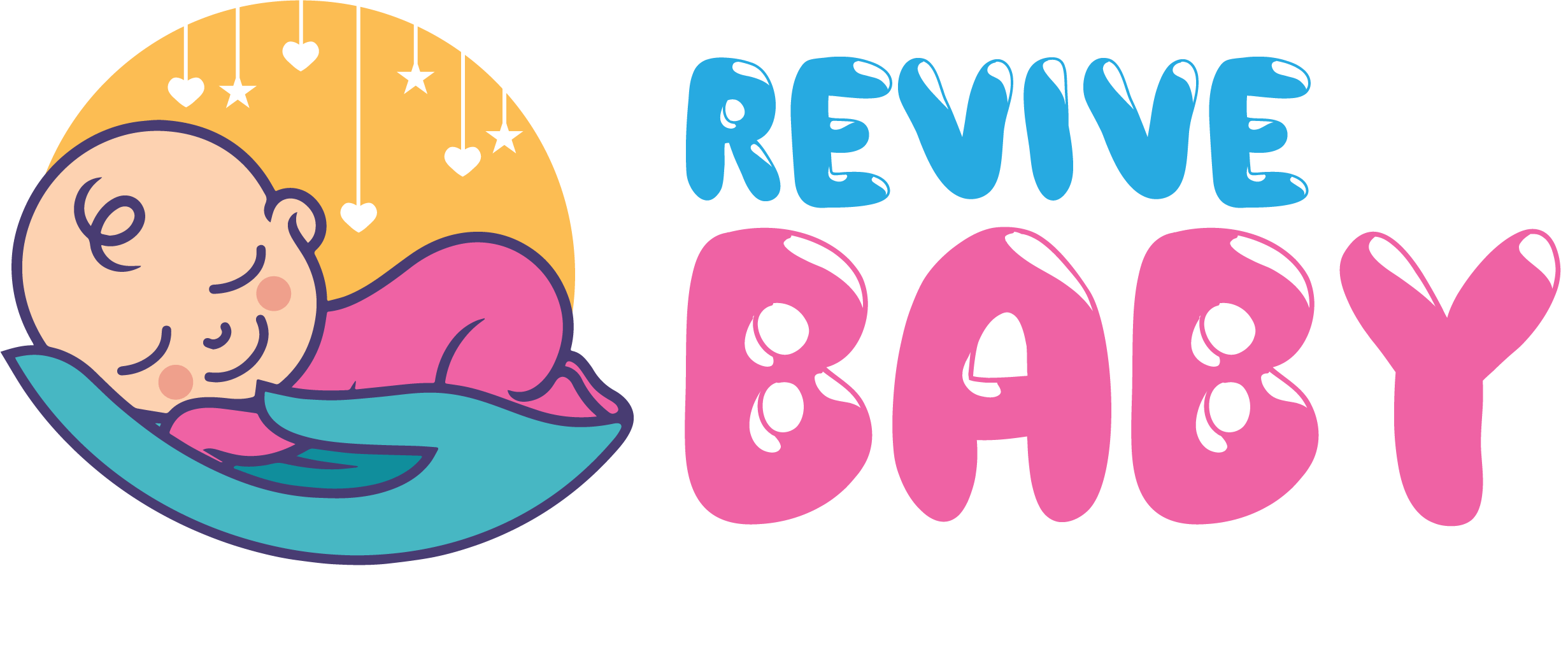Babies can be considered mysterious little humans because they cannot tell and express what they can see and sense around them.
Gladly, scientists and researchers have diligently worked on it to find more about the world as seen by babies. They have made quite progress in their research and have discovered several details and facts about the capabilities of a baby. Surprisingly, these silent human beings are far more intelligent and mentally developed than any average adult.
Sometimes observing the babies closely, we can notice that babies are more aware and observant of the environment and can notice even the tiniest change in the environment. This makes us wonder what a baby can do that an adult cannot. There are many things that a tiny baby can do that adults’ even slightly older infants and toddlers, cannot do.

Synesthesia
This is a unique phenomenon in which the baby experiences all the senses as one complete entity. It is a wholesome experience and sensation which we adults cannot experience. The babies are new to the world, and everything around them is completely new and unique to them.
Even the slightest stimuli are triggering for them, and they can feel it intensively. They respond to every stimulus very strongly as compared to adults. But this strong sense quickly fades away as they grow into older infants and start observing and feeling things like us.
Sucking ability

The sucking reflex in the baby is powerful and different from adults’ way of sucking. A baby who can still not handle his weight and control his head has exceptional control over the tongue movements and can stretch it far and wide to grasp the nipple, bring it close to its mouth, and suck out the last drop of milk without hurting the mother.
Isn’t that just splendid! Our sucking ability is nowhere near what these tiny little creatures have; they can suck on anything brought to them as stimuli, but they won’t be fooled because they are not foolish!
Move skull bones to complete the skull
An adult skull is hard as stone, and you cannot find any soft spot in your head. But babies have a soft spot, the fontanel, from which the movement of the brain can be observed sometimes. The baby’s skull is in two pieces; as they grow, the bones come together to cover the fontanel and make a complete hard skull.
Bone flexibility
The bones in babies are quite different from an adult. They are soft and flexible as they are still developing and becoming harder. The babies consist of flexible cartilage instead of bones, which is why they are least susceptible to bone fracture and can move their hands and legs in any direction without difficulty and pain.
Flexible bones lead to a flexible body and can twist and adjust themselves snugly anywhere. This is why they are also able to travel the birth canal and come out into the world through a small opening.
Swimming reflexes
This may sound strange, but babies are actually natural swimmers. They are born with diving and swimming reflexes, making them excellent at swimming naturally. But these abilities disappear when they cross six months of age, and they will have to relearn everything from scratch.
A baby cannot drown because of its incredible in-built reflexes. A baby has the ability to hold its breath and open its eyes underwater. This, of course, should not be done deliberately, which can result in severe consequences. Moreover, if a baby is held by the stomach and made to float on the water, it will naturally move its arms and legs in the perfect swimming action. This may be very astonishing to witness.
Sign language
Babies cannot speak until they become two years old or even more. But surprisingly, they can convey their message, requests, feelings, and everything without even saying a word. This is because they learn to use sign language from the very beginning.
They are keen observers and understand how and what they want to communicate. But, most parents do not understand the importance of making the baby learn sign language, and as soon as they start to speak, they forget sign language and, with it, lose its benefits.
Learn a new language

Babies are intelligent beings and can learn a new language just by listening to them. For adults, learning a new language is an arduous task, and many can never get to learn some new sounds from other languages because they cannot hear the new sounds. Shocked!
Yes, but there are indeed many sounds that babies can hear and learn while adults can be found struggling with it. They can learn multiple languages before the age of one, but as they grow, they will lose this ability.
FAQS:
Q: Can babies hear different sounds than adults?
A: Yes, babies can hear sounds at different frequencies compared to adults.
Q: Can babies see differently than adults?
A: Babies are more observant and can see even the slightest of changes that are unnoticeable to an adult eye.
Q: Can babies lip-read?
A: Babies start to lip-read from 4 or 5 months and can recognize sounds based on lip movements.
Final Thoughts:
Babies may seem naïve and weak, but in reality, they are emotionally and mentally much more stable and intelligent than adults. Their perception, observation, response to stimuli, and learning power are much stronger and more adaptive than adults.
There are many reflexes that babies are blessed with, while adults can just think of them. But all these special abilities gradually vanish or weaken as the babies grow. Research is still going on to find more about the baby’s behaviors.









